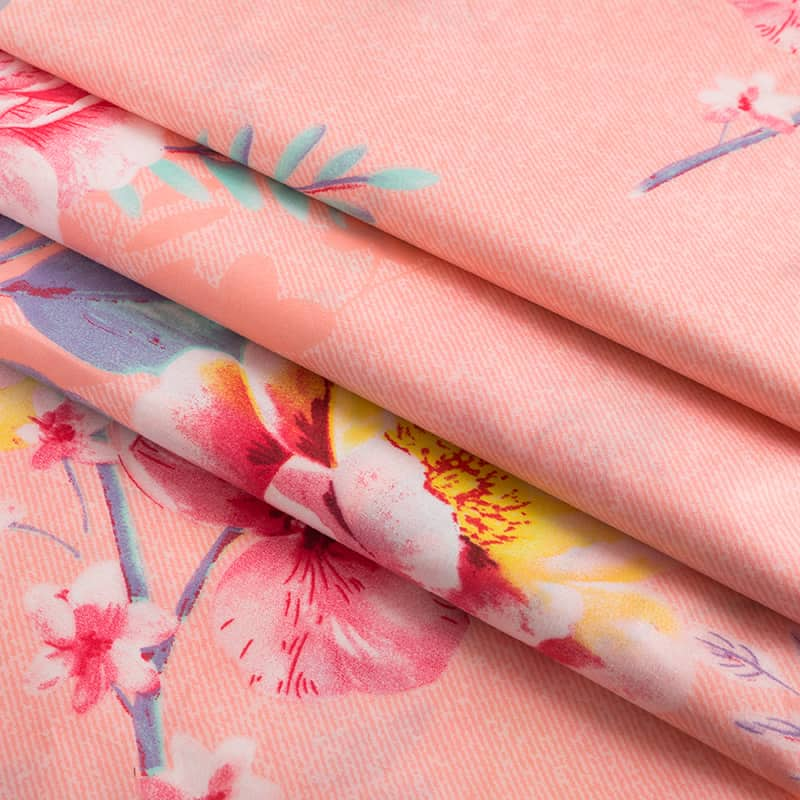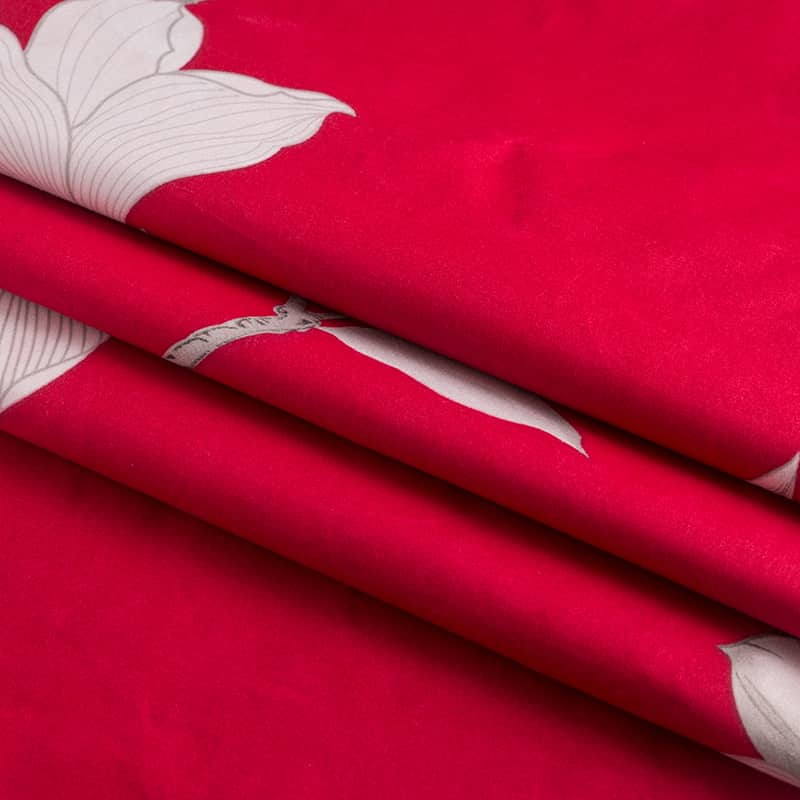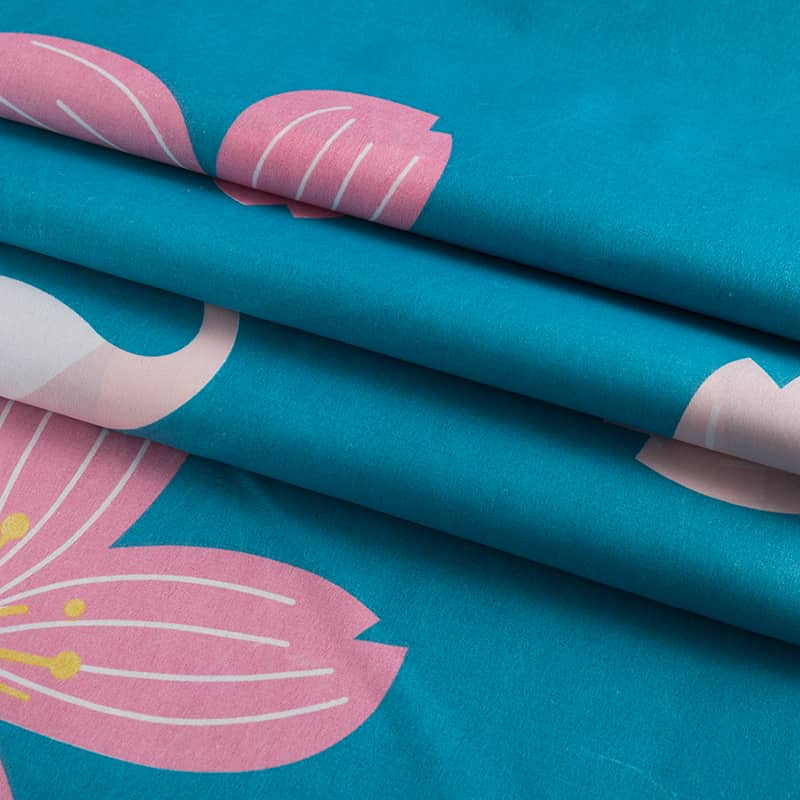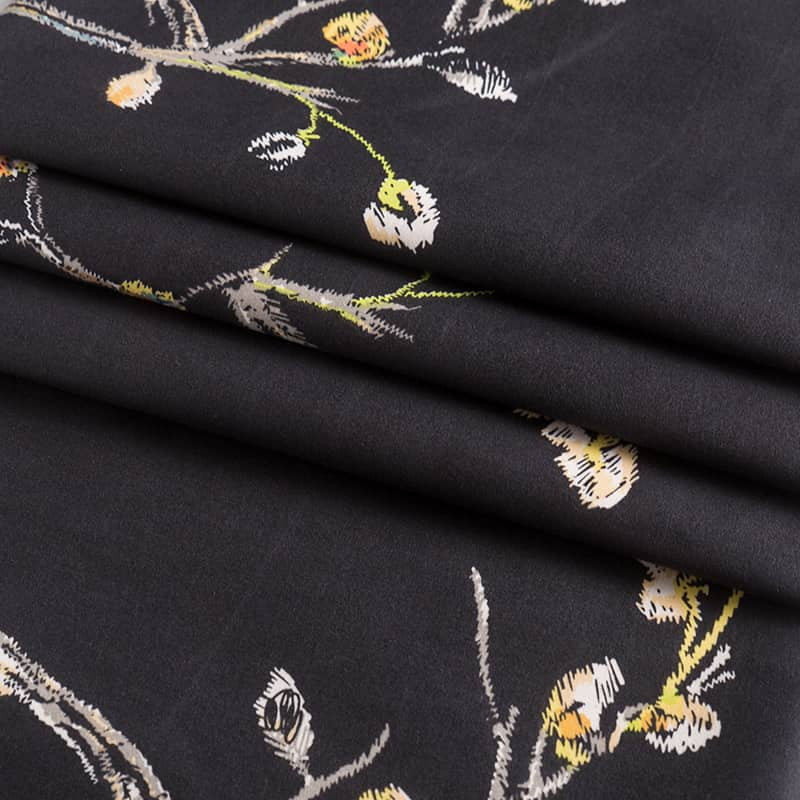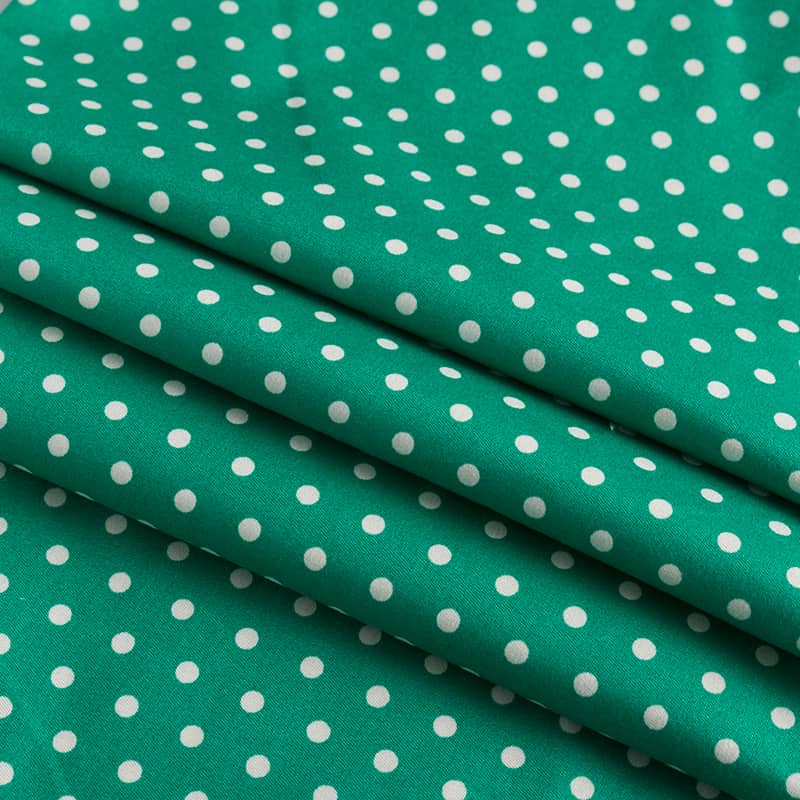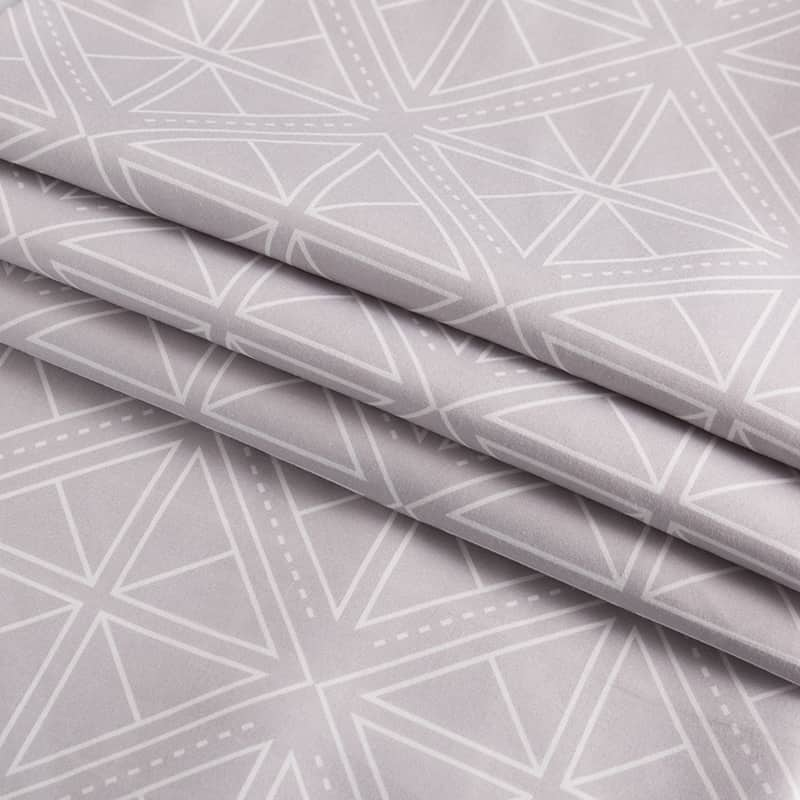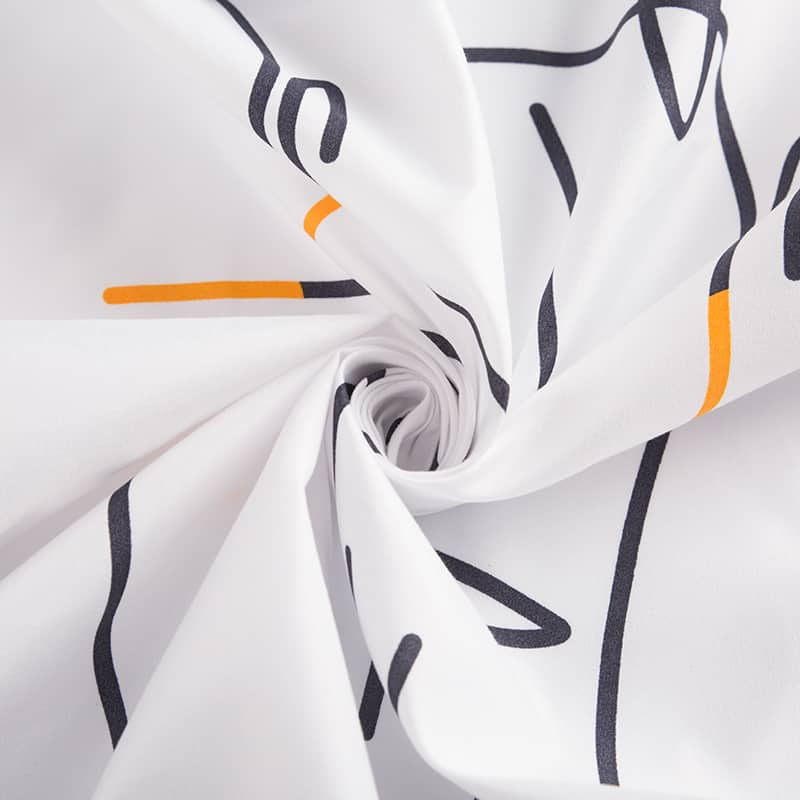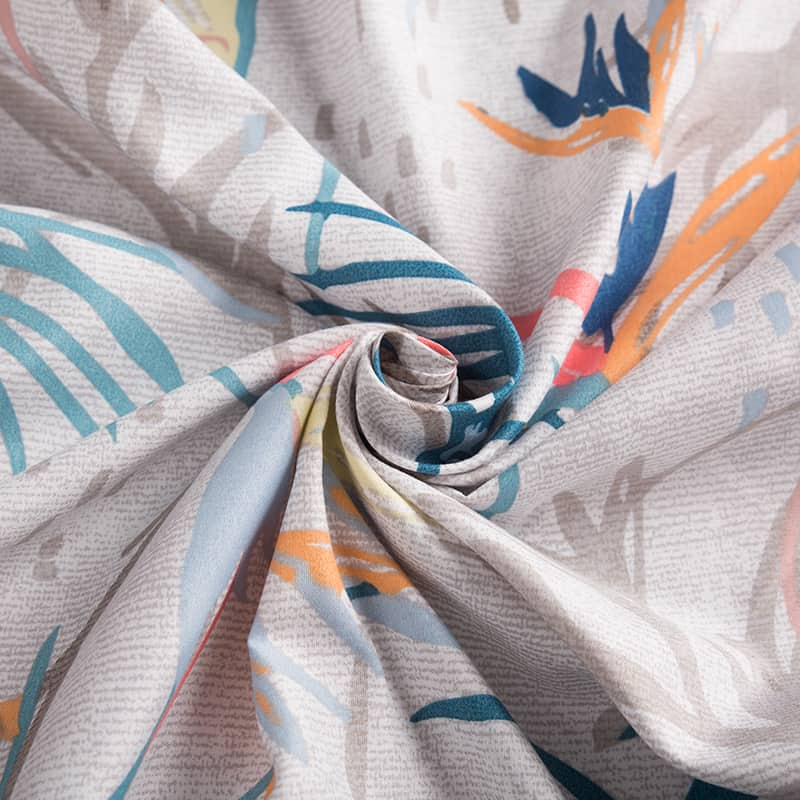In recent years, there has been a growing trend in the fashion industry toward the use of dispersed printed fabrics. These fabrics are characterized by their ability to produce vibrant, intricate designs with excellent colorfastness and durability. In this article, we'll explore the process behind dispersed printing and the benefits it offers to fashion designers and consumers alike.
Dispersed printing is a process that involves dispersing the dye particles in a liquid medium and then applying them to the fabric using heat and pressure. Unlike traditional printing methods, which rely on pigments that sit on top of the fabric's surface, dispersed printing uses dye molecules that penetrate the fibers, resulting in a more permanent and fade-resistant design.
One of the primary benefits of dispersed printing is the ability to achieve highly detailed and intricate designs. The dispersed dye particles can penetrate even the tiniest fibers, resulting in sharper lines and more precise color placement. This level of detail is especially important for designers who want to create complex patterns or photographic prints on their fabrics.
Another advantage of dispersed printing is its superior colorfastness. Because the dye molecules penetrate the fibers, they are less likely to fade or bleed over time. This means that garments made from dispersed printed fabrics will retain their vibrant colors and patterns even after multiple washes and wears. Additionally, the dispersed printing process is more environmentally friendly than traditional printing methods because it requires less water and produces less waste.
Dispersed printing is also an ideal choice for designers who want to create custom fabrics in small quantities. Unlike screen printing or other traditional printing methods, dispersed printing is easily adaptable to small-scale production runs. This makes it possible for designers to create unique fabrics for limited edition collections or one-of-a-kind garments without the need for large-scale production facilities.
In conclusion, dispersed printing is a versatile and sustainable printing method that offers numerous benefits to fashion designers and consumers. Its ability to create highly detailed and intricate designs, superior colorfastness, and adaptability to small-scale production runs make it an ideal choice for those looking to create custom fabrics with a unique, high-quality look and feel. With its growing popularity in the fashion industry, it's clear that dispersed printing is here to stay as a staple of modern fabric design.



 英语
英语 西班牙语
西班牙语
